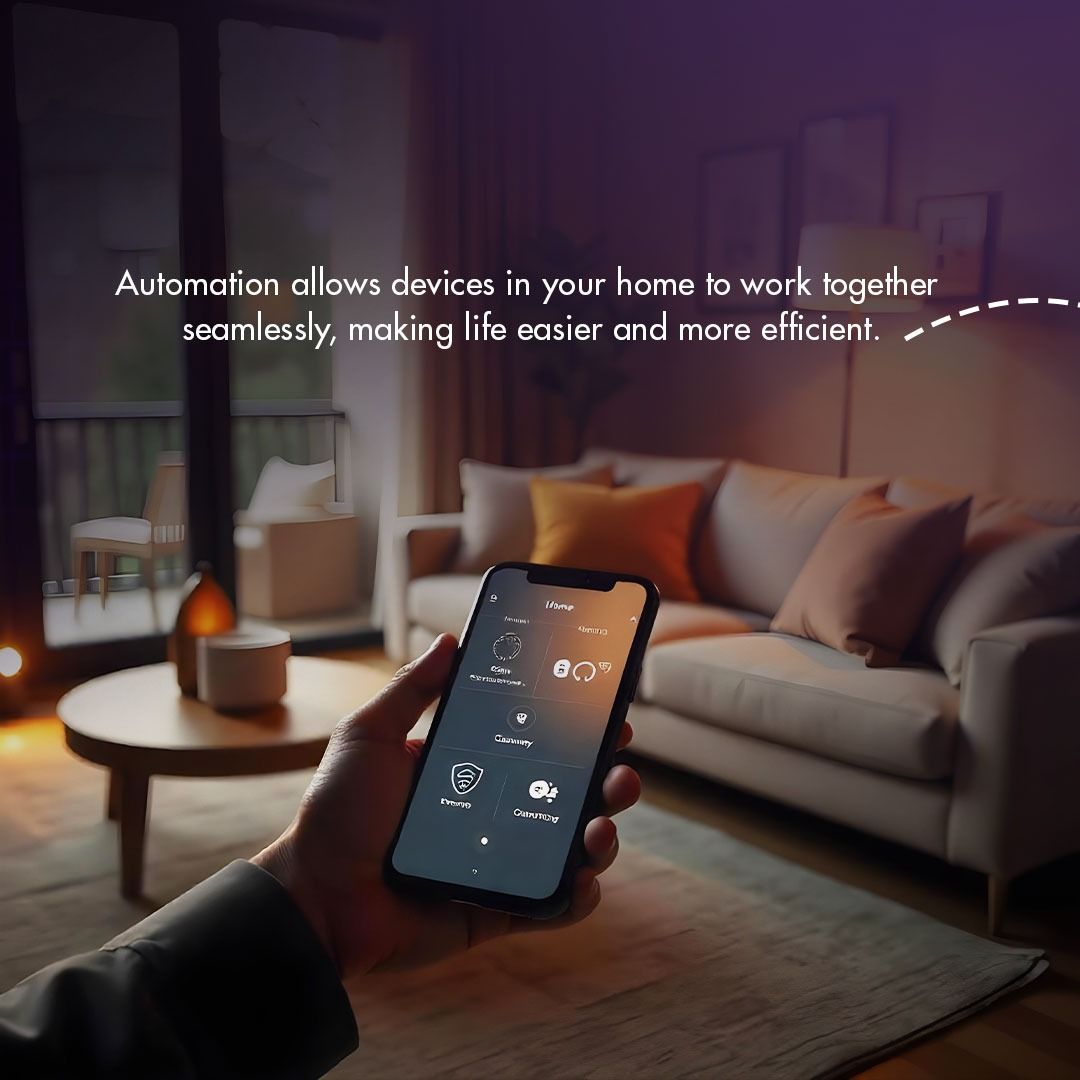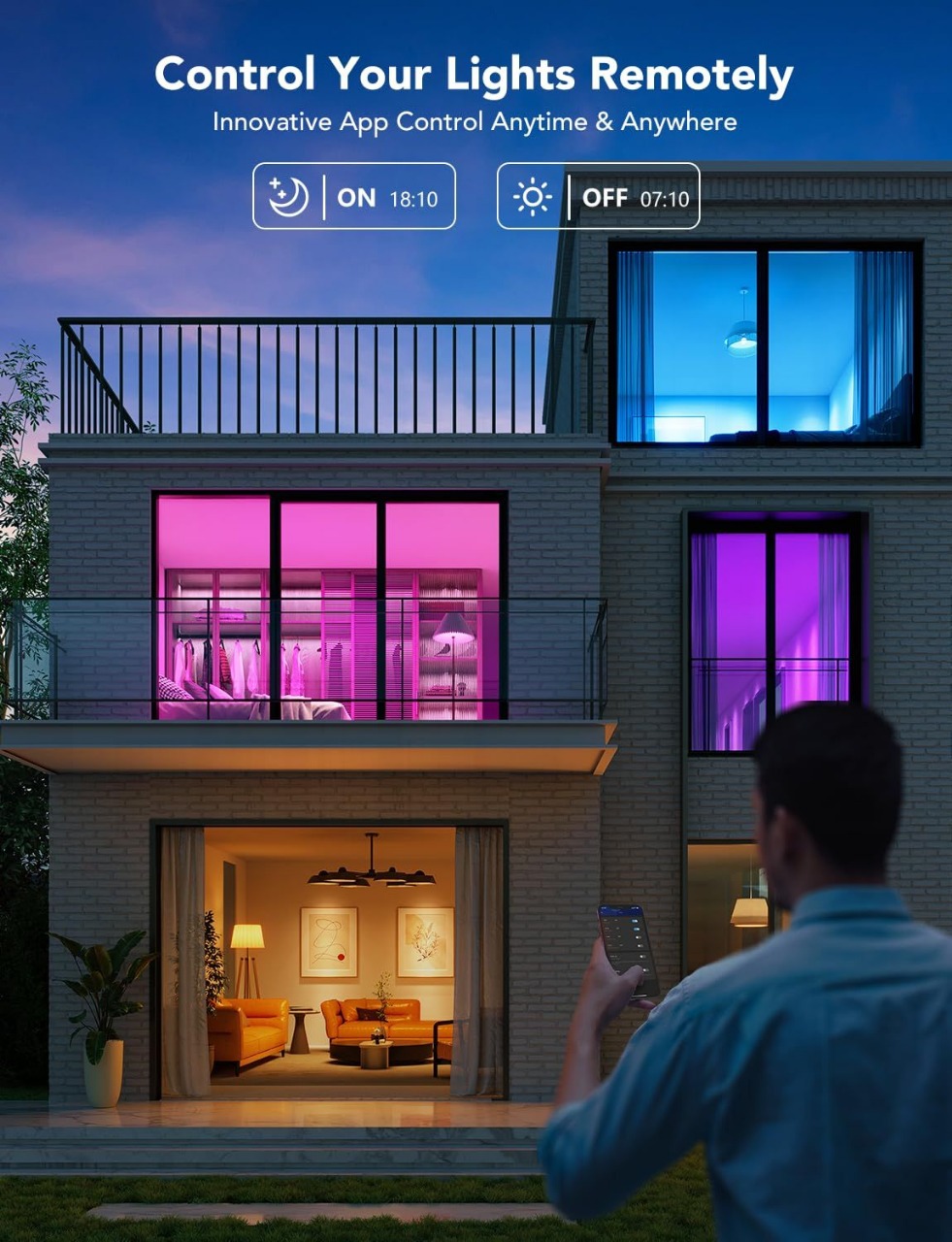In the age of smart technology, our homes are becoming more connected than ever. From voice assistants and smart lights to security cameras and smart refrigerators, convenience is now just a voice command away. But with all this connectivity comes a critical concern privacy. So, what exactly are these devices tracking, and how can you protect your home from becoming a data goldmine for cybercriminals or corporations?
Smart Home Privacy
What’s Being Tracked and How to Stay Safe
By Sanjay 2025-07-02 5 Mins Read 52 Views

What’s Being Tracked in a Smart Home?
Smart devices are designed to collect data so they can “learn” your behavior and improve your experience. But here’s what that often includes:
.
1. Audio Recordings
Smart speakers like Alexa and Google Home are always listening for their wake word. While they’re not supposed to record until activated, there have been instances where snippets of conversations were recorded unintentionally.
2. Video Footage
Smart doorbells and indoor cameras are constantly capturing video. Some devices even store these in the cloud, making them vulnerable if not encrypted properly.
3. Location Data
Smart thermostat and mobile-controlled home systems often track your location to adjust settings automatically. While handy, this data can reveal your daily routines.
4. Usage Patterns
Smart TVs, lighting systems, and appliances log how and when you use them. This data can be shared with third parties for marketing or analytics purposes.
5. Device and Network Info
Many devices collect technical data like your IP address, Wi-Fi network name, and even what other devices are connected.
Why This Should Concern You
The risks associated with smart home data collection aren't just theoretical:
Data Breaches: If a company that stores your smart device data is hacked, your personal info could be leaked, Unauthorized Surveillance: Insecure devices can be exploited to spy on you via camera or mic, Targeted Advertising: Your behavior at home can be used to build detailed marketing profiles, Hacking and Control: Weak passwords or outdated software can allow attackers to take control of your devices—yes, even your thermostat or lights.
How to Stay Safe in Your Smart Home
You don’t need to throw out all your gadgets to stay private. Instead, follow these practical tips
1. Secure Your Wi-Fi Network: Use a strong password and WPA3 encryption. Separate your smart devices on a guest network so they don’t have access to your main devices (like your phone or laptop).
2. Update Firmware Regularly
Device manufacturers often patch security holes in updates. Enable auto-updates if available.
3. Review Device Permissions
Most devices and apps ask for access to the mic, camera, and location—many of which they don’t really need. Turn off anything unnecessary.
4. Use Strong, Unique Passwords
Don’t reuse passwords. Use a password manager to create and store strong credentials for each device or account.
5. Enable Two-Factor Authentication
If your device supports it, 2FA adds a layer of protection—even if your password is compromised.
6. Be Cautious with Cloud Storage
If a device uploads data to the cloud (e.g., video clips), check if you can store it locally or encrypt it before uploading.
7. Audit Devices Regularly
Go through your smart devices every few months. Remove anything you don’t use or recognize.
The Balance Between Convenience and Privacy
It’s easy to get caught up in the comfort and ease of a smart home setup. But with each device you add, you’re potentially handing over more personal data. The goal isn’t to fear technology but to use it responsibly.
Final Thoughts
Smart home technology is here to stay—and it’s evolving rapidly. While the benefits are clear, the privacy implications shouldn’t be ignored. By understanding what’s being tracked and taking control of your digital environment, you can enjoy the convenience of modern living without sacrificing your safety.
"“With the right precautions, your smart home can be both smart and safe.”

Smart home automation control



